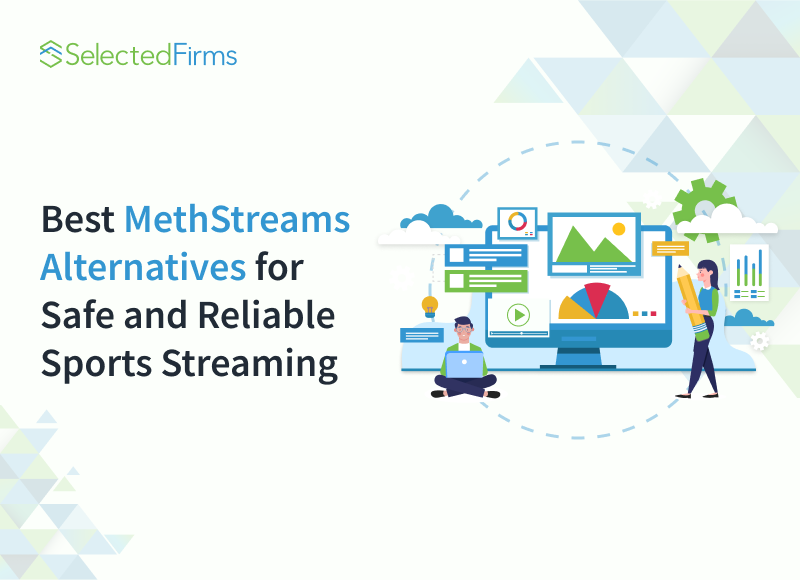Table of Contents
Master the art of creating a data-driven digital marketing strategy that delivers impactful results. Enhance your marketing efforts with actionable insights.

Today, more than ever, marketing decisions must be based on data rather than intuition. Decisions made without the support of analytics, customer data, and measurable results are ineffective. This is especially true in the digital environment, where companies can use real-time data to fine-tune their strategies, reach the right audience, and increase the return on investment.
A good digital marketing plan includes several parts, including content marketing, search engine optimization, paid advertising, social media marketing, and email marketing. Nurturing leads to customers through email marketing which is one of the most effective ways to convert them. Some companies, especially small businesses, consider sending mass emails in Gmail to communicate with their audience without spending a lot of money. However, email campaigns and other marketing initiatives can fizzle without the correct data.
This paper discusses the important processes of developing a data-driven digital marketing plan, which can help companies make the right marketing decisions and enhance their marketing results.
1. Define Clear Marketing Goals
A data-driven strategy is based on setting well-thought-out marketing goals. Without clear objectives, it can be challenging to measure success and progress. As part of the SMART goal-setting model, goals should be specific, measurable, achievable, relevant, and time-bound. Some marketing goals are:
Some common marketing goals include:
- Increasing website traffic through content and SEO
- Generating more leads via email marketing and paid campaigns
- Improving customer engagement through social media interactions
- Boosting sales conversions from digital marketing efforts
Thus, content and SEO can help increase website traffic. The more emails sent, the more leads generated, and the more effective the paid campaigns. Social media communication can enhance customer participation and increase sales conversions from digital marketing activities.
It is important to set KPIs to measure business effectiveness. Click-through rates, conversion rates, customer acquisition costs, and engagement rates clearly show the effectiveness of a marketing campaign.
2. Gather and Analyze Customer Data
Having data collection as the foundation of the digital marketing strategy is essential for businesses to succeed. Companies must collect data from different sources, including website analytics, social media interactions, email marketing performance, and customer feedback.
Some essential data points include:
- Demographics such as age, gender, location, and income level
- Behavioral insights like website visits, email interactions, and purchase history
- Engagement metrics such as social media interactions and ad performance
Businesses need to use email marketing to understand their subscribers. Several organizations investigate how to send mass emails in Gmail since it is often cheaper, but such services offer greater insight into the subscribers. Open rates, click rates, and unsubscribe rates are very valuable to help businesses improve the effectiveness of their email marketing efforts.
3. Segment Your Audience for Targeted Campaigns
After capturing customer data, the message can be made more relevant and personalized using the audience by dividing them up. Audience segmentation is breaking down customers into specific categories or groups based on characteristics or behaviors; the above techniques are used to achieve this.
Some common ways to segment an audience include:
- New subscribers who need introductory content
- Returning customers who respond to loyalty programs
- Leads who have shown interest but have not yet converted
- Customers with abandoned carts who may need reminders
Email marketing makes this process possible. Businesses do not send the same email to one list but can create different email campaigns for different customer types. Email performance data shows companies can improve their messages to increase engagement.
4. Leverage Predictive Analytics for Smarter Campaigns
Predictive analytics is a practice that uses past customer actions to inform customers' likely future actions. When businesses use historical data to understand their clients' consumption behavior, they can design marketing campaigns that meet their needs.
Historical data can be employed to build machine learning models, pinpoint which products a customer is likely to buy, the best time to contact the customer by email, and the type of content that will engage a specific audience.
Predictive analytics can be applied to:
- Recommending personalized products in email campaigns
- Optimizing ad targeting for higher engagement
- Identifying potential customer churn and creating retention strategies
As AI usage becomes more widespread, companies can make their email marketing and paid advertising more effective by including predictive analysis.
5. Optimize Content Marketing with Performance Data
This is a key part of digital marketing without considering performance data, but doing content marketing this way only misses opportunities. Businesses need to know what kinds of content lead to the most engagement and conversions. Therefore, while content marketing is important for SEO, it is also important to see how the content performs once published.
Some key metrics to analyze include:
- Website traffic and bounce rates for blog content
- Time spent on pages to determine content engagement
- Social media shares and comments on posts
- Email click-through rates on content-driven campaigns
If an article or video performs well, businesses can repurpose it in other formats, such as infographics, email newsletters, or paid ad campaigns. This way, they can continue to market themselves consistently and ensure that their content is adequate for their target market, as they always check the content's performance.
6. Implement Automation for Efficiency
Marketing automation can help businesses reduce the time and resources needed to perform certain functions and reach their audience. While, Automation can handle several tasks, such as automated email workflows, social media scheduling, and chatbots, which enable brands to engage with customers at the right time, with or without the help of a human.
Marketing automation can help businesses reduce the time and resources needed to perform certain functions and reach their audience. While, Automation can handle several tasks, such as automated email workflows, social media scheduling, and chatbots, which enable brands to engage with customers at the right time, with or without the help of a human.
- Drip email campaigns that nurture leads over time
- Retargeting ads that display relevant products to past visitors
- AI-powered chatbots that provide instant customer support
Email marketing automation is particularly effective for lead nurturing. An automated email sequence can guide potential customers through the buying process each time they sign up for a newsletter, providing helpful content and product recommendations.
7. Track Performance and Adjust Strategies
A data-driven digital marketing strategy must be constantly checked and changed. This ongoing process of tracking performance and adjusting strategies provides a sense of security, allowing businesses to utilize analytics tools to track performance across all marketing channels and adjust accordingly.
Some essential tools for tracking performance include:
- Google Analytics for website traffic and behavior analysis
- Social media insights for audience engagement metrics
- Email marketing reports for tracking open rates and conversions
- Heatmaps to understand how users interact with landing pages
This allows businesses to determine which approaches are practical and require adjustment, allowing them to make reasoned adjustments to improve marketing efficiency.
8. Integrate Multi-Channel Marketing for Greater Impact
A successful digital marketing strategy does not rely solely on one channel. By integrating several marketing channels, businesses can create a seamless customer journey, leading to a sense of accomplishment and effectiveness.
Ways to integrate multi-channel marketing include:
- Using social media to drive traffic to blog content
- Running paid ads that retarget email subscribers
- Sending email follow-ups to leads captured from landing pages
This way, businesses can maintain a consistent message across various platforms and increase customer interaction.
A data-led digital marketing strategy is vital for any business that wants to generate accurate results from its marketing efforts and maximize the return on investment. Thus, companies can create a plan that can lead to tangible outcomes with the help of predictive analytics, audience segmentation, data collection on customers, and content optimization. It is an essential component of a data-led approach; it gives valuable information on customer interactions and behavior.
While many companies are concerned about sending mass emails using Gmail as a cost-effective alternative, advanced email marketing tools can increase personalization, automation, and analytics. Businesses can continue to monitor performance regularly and combine various marketing channels to remain competitive and grow in the long term in the constantly changing digital environment.
Recent Blogs
12 Best MethStreams Alternatives for Safe and Reliable Sports Streaming in 2026
-
18 Dec 2025
-
12 Min
-
37
Real World Digital Transformation Use Cases in Real Estate, Tech, and Recruiting
-
17 Dec 2025
-
6 Min
-
145








